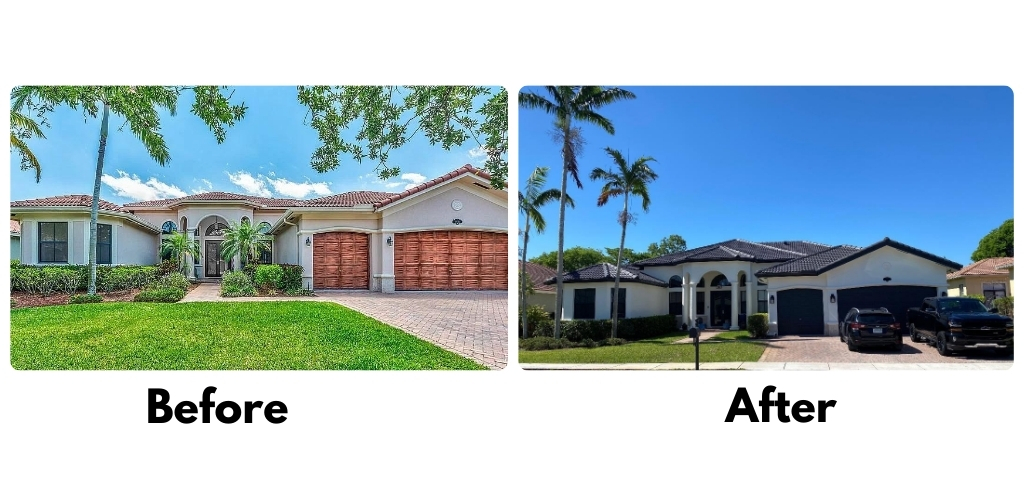Within the difficult climate conditions of Florida, homeowners have to maintain the integrity of their roofs. The unbearable sunlight heat rays, heavy downpours, and sporadic fierce winds can spoil the roof’s longevity considerably. However, a pragmatic approach exists to enhance the life span of your roof. This is known as an Additional Roof Life Certification. This procedure not only saves your top cover but also ensures that it meets requisite insurance stipulations.
What is Additional Roof Life Certification?
Additional Roof Life Certification is one that comprehensively checks and evaluates your roof’s current state. The aim here is to ascertain how much longer it can continue to provide sufficient protection. Roofing professionals check for wear and tear, structural integrity, and other factors that may shorten the life span of the roof during this period.
Because the weather can be unrelenting on roofs in Florida, this certificate has much importance there. Over an extended duration, it offers an objective assessment based on hard facts that enable people to decide on repairs or maintenance of their houses’ roofs. Also, insurance companies need such certificates like the Citizens Roof Certification Form as proof that the policyholder’s property is still secure from loss through claim form submission.
Benefits of Additional Roof Life Certification:
1. Cost Savings
The outstanding benefit of Additional Roof Life Certification is potential cost savings. The reason is roof replacements can be costly affairs, something that not many homeowners are prepared for. This way, they will be able to circumvent expensive roof replacements or postpone them altogether by extending tile roof life expectancy in Florida through this certification process and identifying specific maintenance. This will result in prolonged use, hence cutting down long-term costs on the roofing material involved here in this case, as mentioned previously.
2. Environmental Impact
Moreover, prolonging the lifespan of an old roofing system is eco-friendly as well. Manufacturing and transporting fresh roofing supplies lead to acid rain produced by carbon emissions and loss of assets. By taking care of your existing rooftop, you lessen the need for new materials, hence reducing the impact on Mother Earth. It is a sustainable way that promotes reusing and conserving used materials.
3. Insurance Compliance on Older Cement Tile Roofs in Miramar Florida
In Florida, numerous insurance companies require roofs to meet specific standards for coverage in order to deal with severe weather conditions in our area. and they have a time limit or age a roof can be before it is ineligible for insurance. If you have an existing older cement tile or Spanish tile roof and if it is cleaned, repaired and sealed or painted professionally it can completely restore the roof tile or flat roofs condition and will comply with legislative changes enacted by Senate Bill 2-D, Citizens’ roof rules will be updated effective May 1, 2023, for new business and September 1, 2023, for renewing policies. The changes are:
Remaining Useful Life: Risks that do not meet the roof replacement eligibility requirements ( because of their age) may still be eligible for coverage by submitting acceptable documentation verifying the roof has remaining useful life. The eligible minimum will be updated from three years remaining useful life to five years remaining useful life on roofs that exceed the maximum age.
Age: In situations where the entire roof is not replaced at the same time, the roof age will be based on the oldest part of the roof. Coverage Extensions: For roofs that qualify, coverage will be extended for a period of up to five years even if the remaining useful life shown on the inspection is greater than five years. Citizens may conduct inspections at any time to verify that the roof continues to satisfy underwriting requirements.
Condition: The condition rule citing excessively patched areas will be revised to remove the 25% reference.
Hence, through this certification, you ensure that your roof remains in its prime state for longer periods. Moreover, it helps meet insurance requirements, which offers solace in knowing that homes are protected against the unpredictable weather patterns in Florida. For more information, feel free to contact us!

